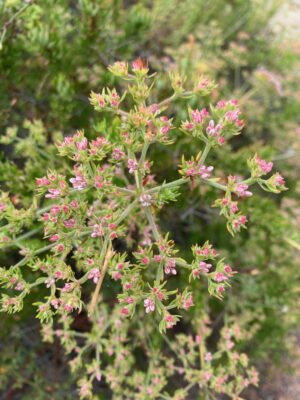Park Staff and Park Volunteers have a unique opportunity in interacting with the public. As visitors enter into the Nature Centers, begin a hike, or come to us in need of information at our staging ares, we can help them connect to the resource in a way that makes them come again and again with curiosity and passion. Interpreting a small part of the whole system of nature taking place around us, allows them to be connected to something new, attracting their interest for more.
The National Association of Interpretation defines the process of interpretation as ” a communication process that forges emotional and intellectual connections between the interests of the audience and the inherent meanings in the resource.”

Before we can begin this process of communication connecting people at higher levels, we must first attend to their feeling of safety. Informing the public of how to be safe and prepared, when in the wilderness allows them to be at ease so they are emotionally and intellectually open. As such, the role of the volunteer and park staff is critical to helping our visitors be ready to learn.
The next step is revealing delicious morsels of the natural surroundings allowing the visitor a closer look at what is going on. Even sharing something small helps them to look deeper as they enjoy their visit into the park. Sharing the scent of a plant, pointing out the pollen on the hind legs of a bee, or a track of an animal, inviting them examine the shapes and structures of a plant and the insects associated with it, create connections that open the senses. Being willing to share a personal and especially poignant experience with nature too, can be the catalyst moving them to crave more.
Volunteers and dedicated park interpreters, rangers, etc. are the reason these lands will stay wild forever. Without these critical roles helping visitors feel safe and informed, the feelings of fear and the state of unknowing would predominate – Our precious land wilderness would not be loved for the magic that takes in place in them. When we engender an appreciation and teach others to see with native eyes, we forge a relationship that lasts and helps garner more advocates for opens spaces.
Small connections can lead to lasting relationships. and helps protect our wild spaces into the future.
.